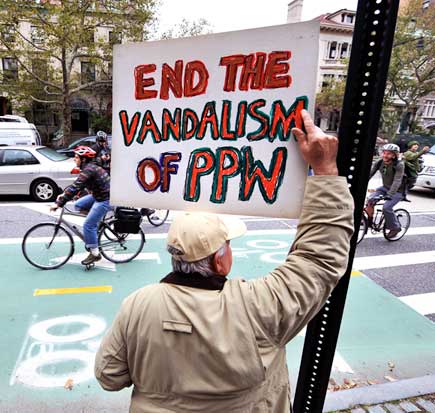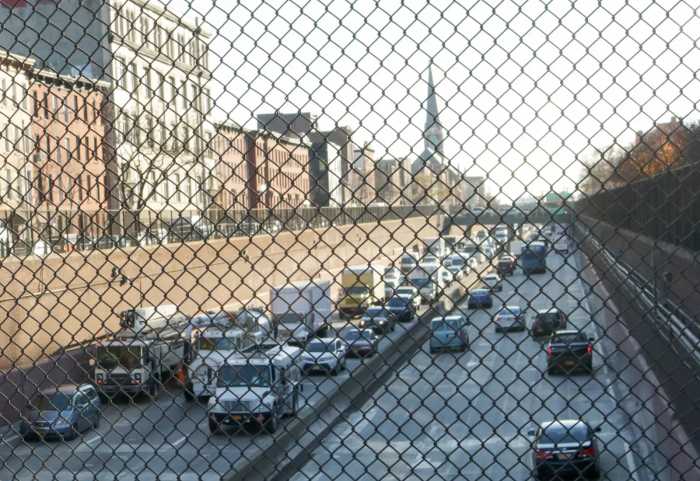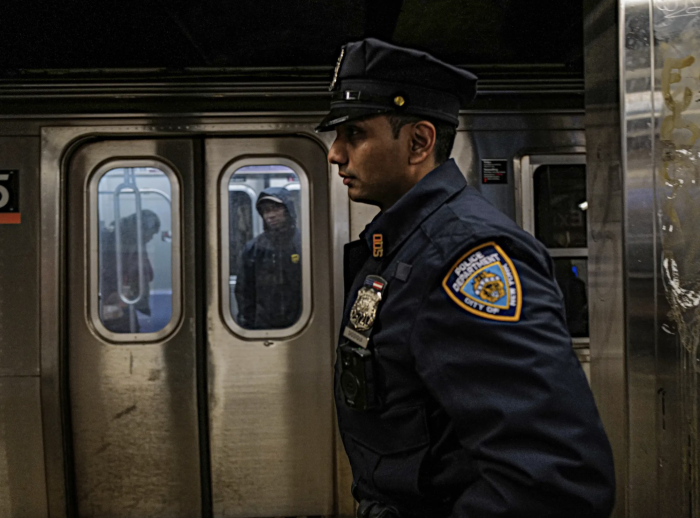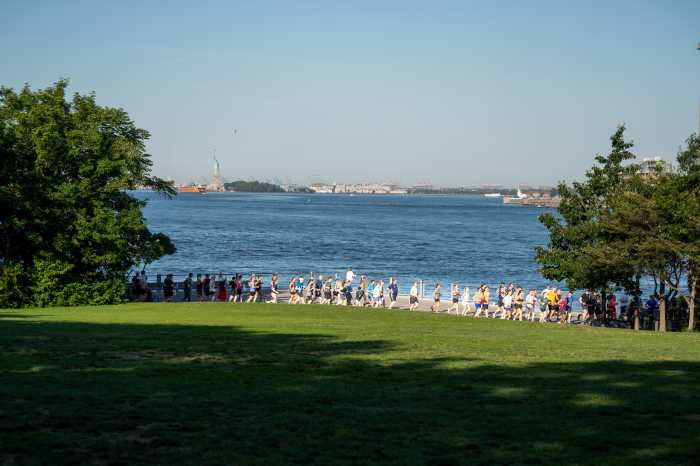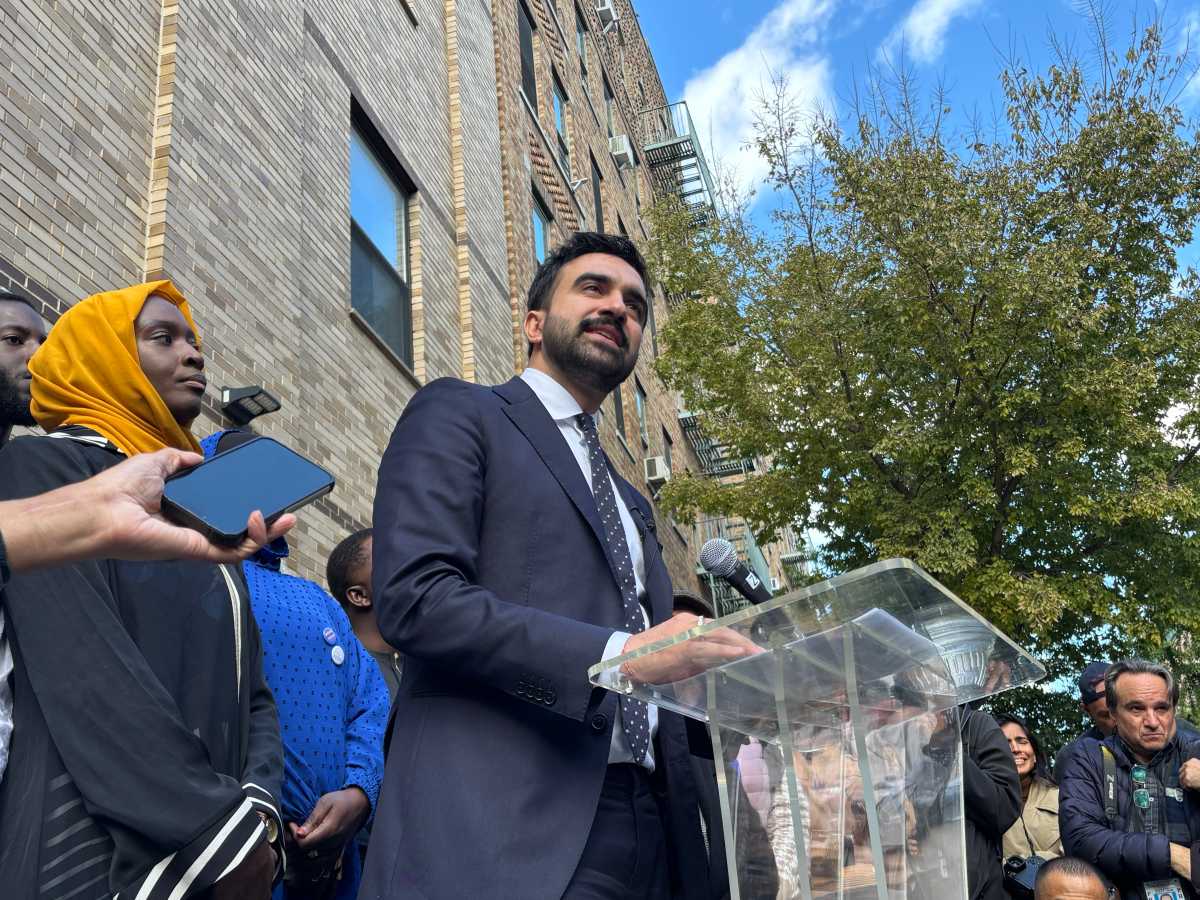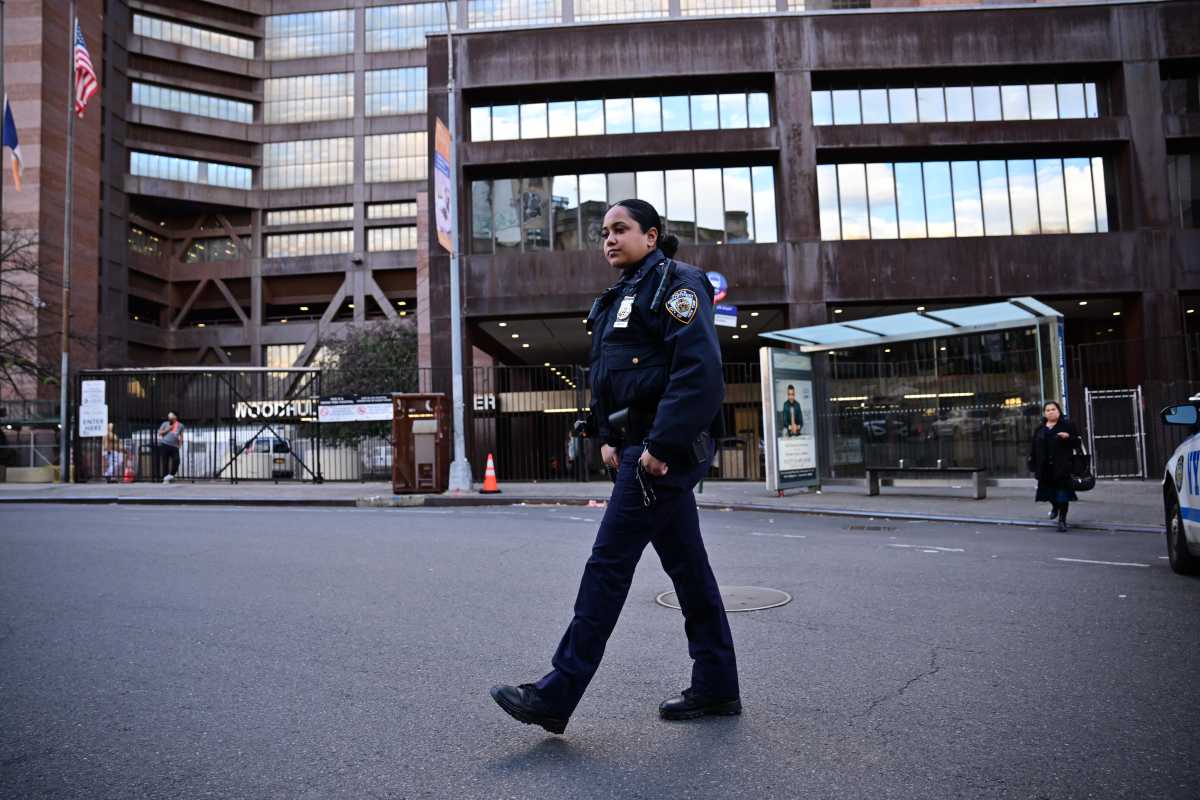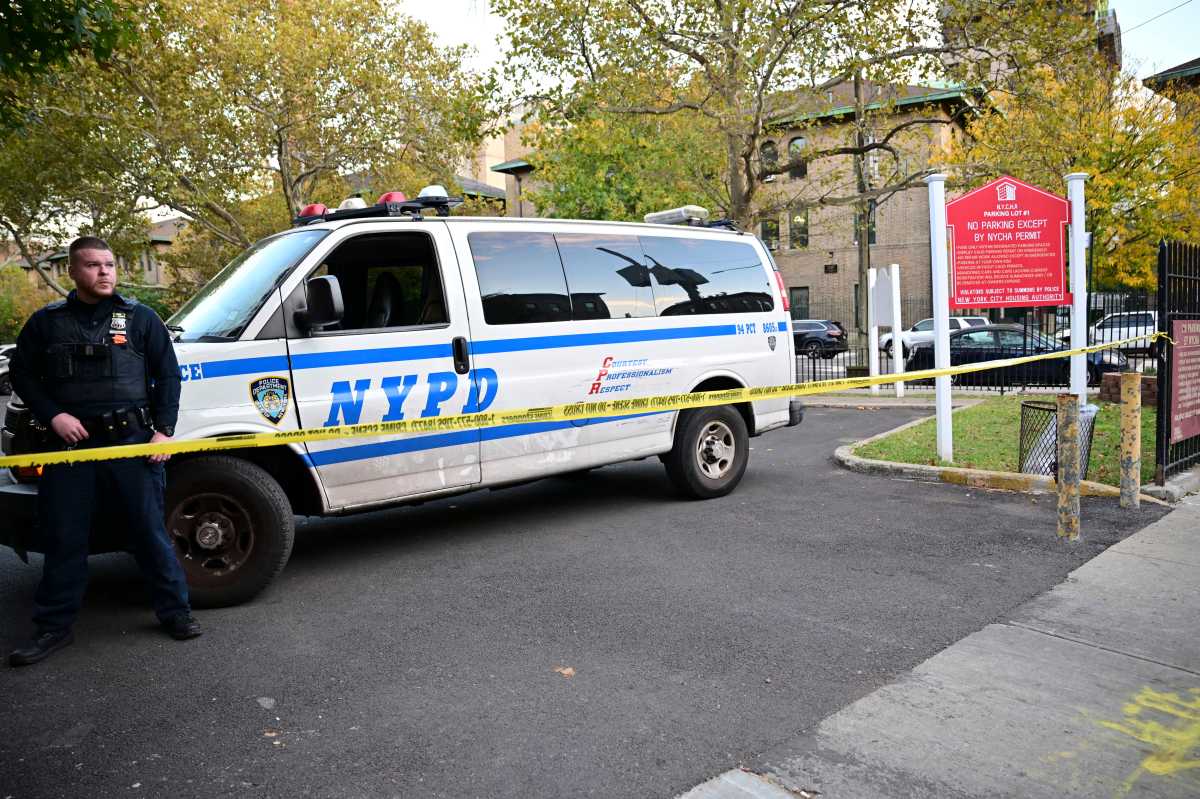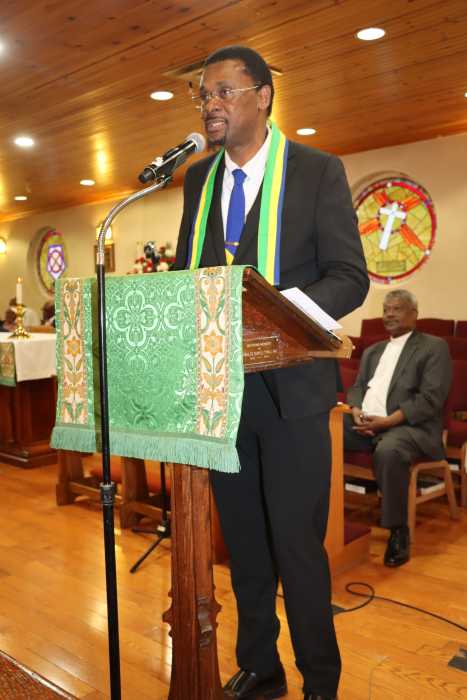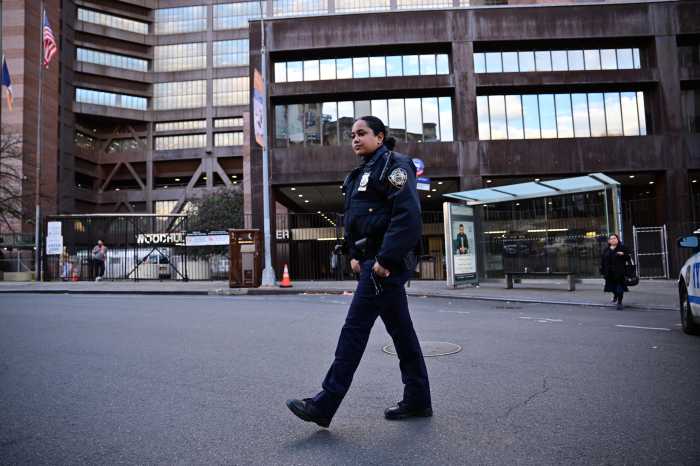The city’s plan to slow down cars on Prospect Park West by replacing a lane of traffic with a two-way bike lane hasn’t decreased the amount of accidents in the area, city data shows.
The number of bicyclists in the area has tripled since the protected lane was installed in 2010, according to Department of Transportation data made public as part of a lawsuit by a group seeking to rip out the pedal-pusher highway, but crashes actually increased slightly in the two years after the lane’s installation.
There were 126 crashes in the immediate area over the two years after the controversial path was installed — up from 117 in the two years before — but the Department of Transportation claimed the group behind the lawsuit, Neighbors for Better Bike Lanes, is looking for pot holes where none exist.
“The same flawed interpretations of data are being used to prop up the remnants of the merit-less lawsuit against this community-requested and supported project,” said Department of Transportation spokesman Nicholas Mosquera. “Yet there is no arguing the fact that the litigants have failed in all this time to get any court to order even a single modification to the project, which the community continues to enjoy every day.”
The dedicated haters may not have undone the lane changes, but the numbers depict a more complicated reality than the hunky-dory story touted by the city and safe streets advocates. In the two years before the road re-jiggering, the thoroughfare registered 117 crashes, including 18 that caused injuries, according to the stats. In the two years after the installation, those figures ticked up slightly, to 126 crashes, also causing 18 injuries, the records show, though the Department of Transportation contends that the data say less than they could because the department does not record the severity of wounds.

But the crashes were largely car-on-car, with only three cyclists struck by drivers in the two years after the installation, up one from the two years before despite the 1,150 bikers plying the path daily nowadays, according to the data. Instances of drivers hitting pedestrians dropped to four in the same period, from six pre-bike path. And no bikes hit walkers in the entire four-year period, at least not hard enough to merit a police report, the numbers show.
The data do not record crashes in 2013, but in October of this year, a van driver killed a 12-year-old boy who tripped in the road, prompting his parents and activists to demand the speed limit be lowered to 20 miles-per-hour on Prospect Park West and residential streets citywide.
Tragedy and go-slow campaign aside, path proponents remain adamant that Prospect Park West is now a much less stressful place to pedal and walk along.
“We could argue about data until the cows come home, but what purpose would that serve?” said Craig Hammerman, district manager for Community Board 6. “Do people feel safer on Prospect Park West right now, as opposed to prior to the installation? Numbers only tell half the story — perception the other half.”
City statistics compiled in the six months after the installation show that the path has done plenty to make the park-side stretch a haven for pedestrians and cyclists, if not an absolutely safe one. Speeding on the roadway is down from three-quarters of all cars to one-fifth and, in addition to the tripling of bike traffic, sidewalk riding has all but disappeared, according to city figures.

When asked to react to facts that paint the green route as anything other than a Xanadu for walkers and bikers, path partisans inevitably redirected the conversation to their foes.
“The folks suing the Department of Transportation over the bike lane have a very odd way of interpreting data,” said Eric McClure, co-founder of Park Slope Neighbors, at a town hall meeting on Dec. 2. “It’s basically that they exclude anything that makes their point of view look worse and only include things that make their point of view seem like it’s true.”
Two thirds of New Yorkers voiced their support for outgoing Mayor Bloomberg’s bike lane blitz in an August New York Times poll.
Full data set here.



